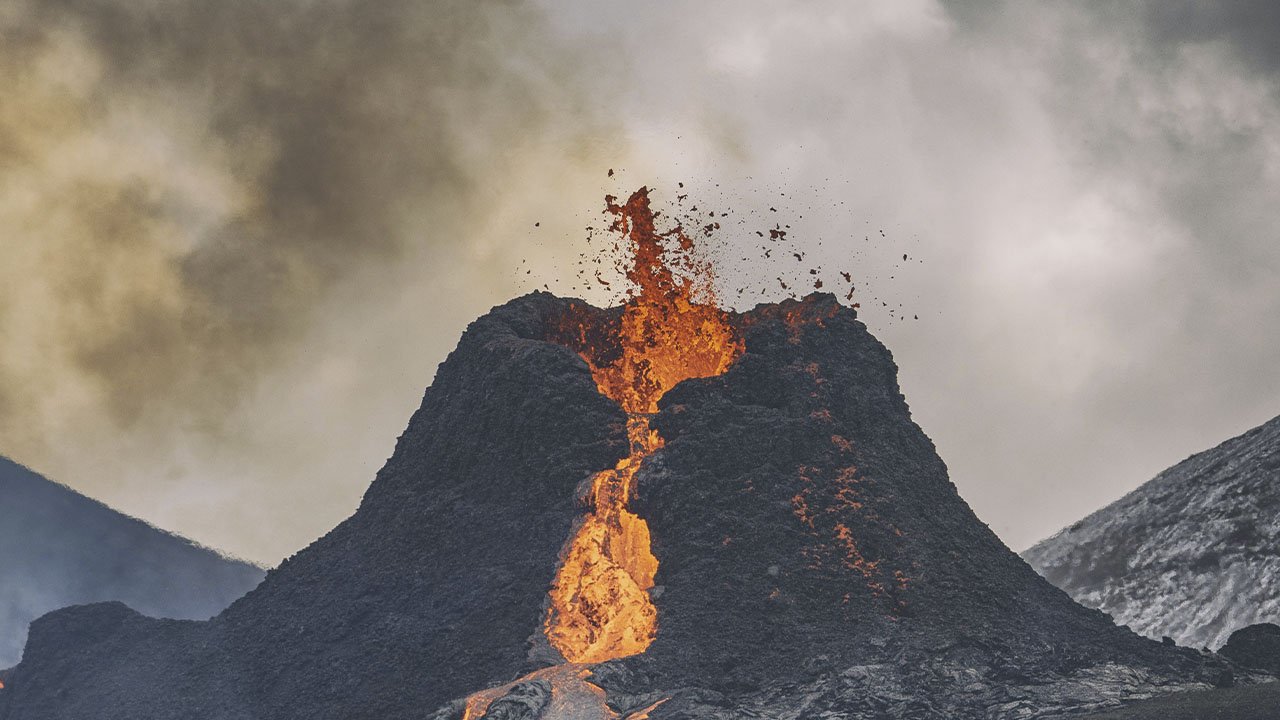In a study published in the scientific journal Science AdvancesResearchers at Cornell University in the United States have discovered a new method for predicting eruptions in volcanoes. Using microscopic data on magma storage at the volcano, they are investigating how best to predict the risk of further volcanic eruptions.
The paper, published last Wednesday (8), suggests that microscopic fluids in carbon dioxide surrounded by volcanic crystals are the answer to determine an accurate estimate. The researchers claim that the estimate is limited to a radius of one hundred meters from where the material was taken.
The team of scientists claims the new method can provide an accurate estimate in a short time – it’s possible to generate the data after analyzing the collected samples for a few days. In other words, it is possible to learn about possible volcanic eruptions in almost real time.
“We have improved the accuracy of existing geobarometers by an order of magnitude from kilometer to meter. But at the same time, the spatial resolution of measurements down to one micron, including tens of microns, compared with previously available microthermometry techniques,” said Esteban Gazel, lead author of the study and professor of engineering.
How to predict a volcanic eruption?
So far, scientists have used satellite and earthquake data to look for deformations in active volcanoes and thus predict volcanic eruptions. However, this method isn’t all that accurate, particularly regarding the location of magma’s depth – so the new study may be one more option for determining eruption risk.
In volcanic eruptions, it is magma that reaches the surface and makes volcanoes erupt lava, and as the study explains, fragments of that eruption are collected to predict next volcanic events – the collected material is called tephra. The new detection method also identifies the depth at which magma is stored and the depth of the magma reservoir.
Source: Tec Mundo
I’m Blaine Morgan, an experienced journalist and writer with over 8 years of experience in the tech industry. My expertise lies in writing about technology news and trends, covering everything from cutting-edge gadgets to emerging software developments. I’ve written for several leading publications including Gadget Onus where I am an author.












